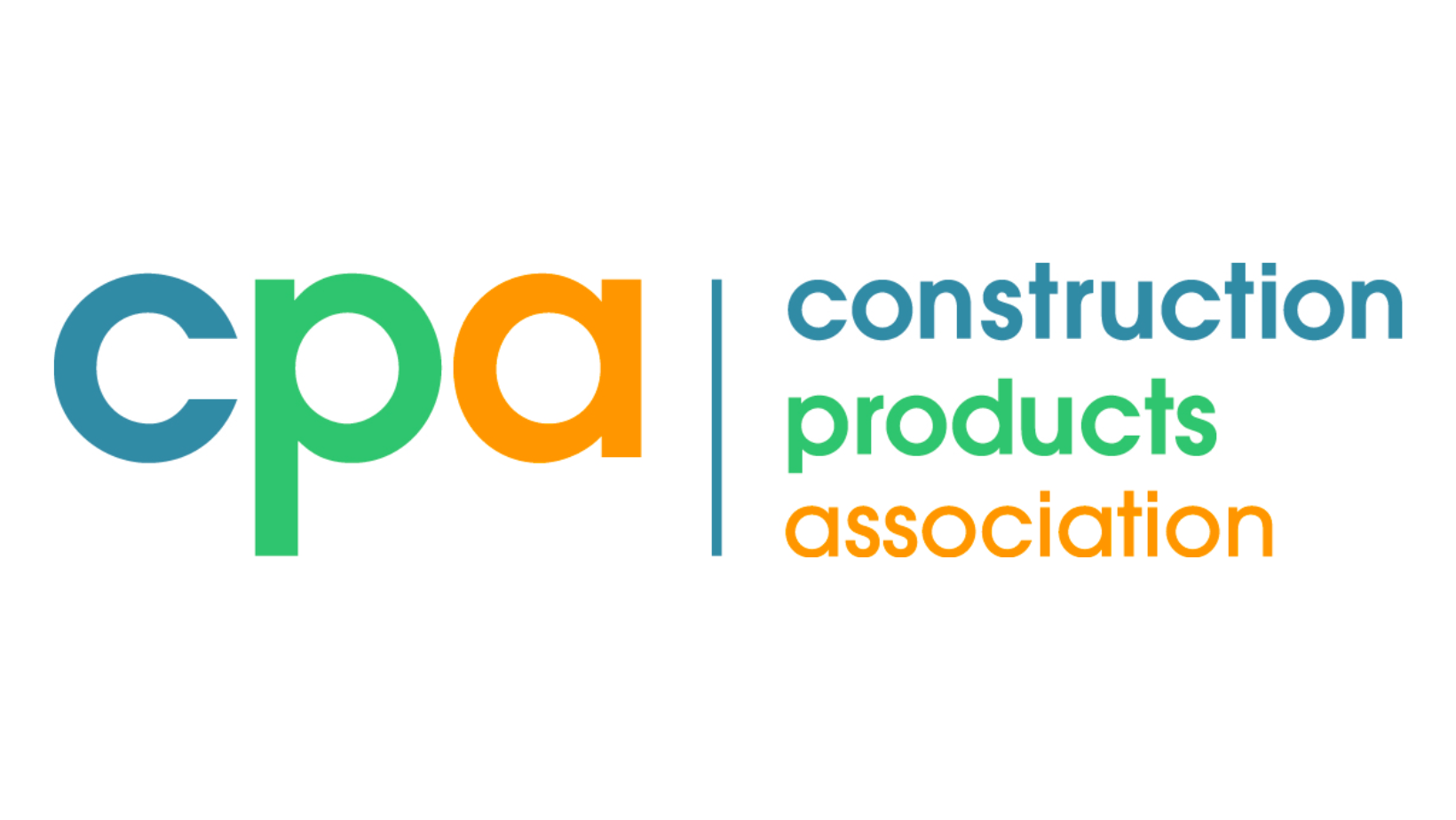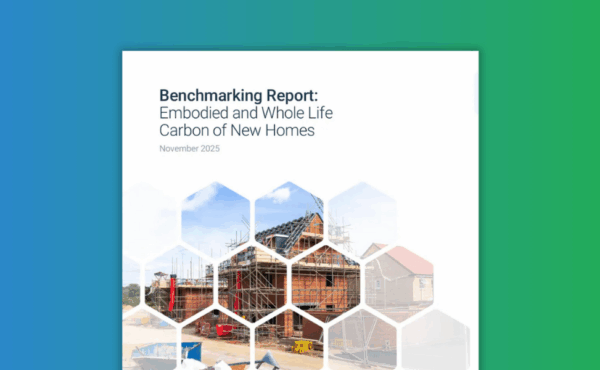Speaking to an industry trade association, Rebecca Larkin, Head of Construction Research at the Construction Products Association, warned against over-optimism regarding prospects for contruction in the coming months.
She described how most sectors of the economy have been around zero in terms of growth for the last quarter. While this is an improvement on the forecasts for this year made in the aftermath of the failed mini-budget of last autumn, the CPA nonetheless expects that the economy will continue to flatline for the remainder of 2023, showing growth of 0.5% for the year as whole. The expectation then is that the economy will start to pick up, as confidence returns in 2024 and 2025, showing overall growth around 1.5% next year.
The economy has been depressed by the effect of historically high inflation over the last 18 months, which has subdued consumer spending. Meanwhile increases in the Bank of England base rate to a 14 year high have not helped.
On the positive side households accumulated £200m during the pandemic, which was not spent on commuting and holidays.
Construction has reflected the up and down pattern of the economy as a whole. Construction output was down 0.6% in April, as compared to March, but 3.6% higher than the same period in 2022 and 6% higher than in 2020.
Private housing RM&I was the star sector, with infrastructure and industrial warehousing also up. Sectors which remain below the January 2020 benchmark include private housing new build, which has been destabilised by the rise in interest rates. Public non-housing projects have been hit by successive delays. The commercial sector has been the worst performing sector since before the pandemic. Construction of new-build office towers and shopping centres has been hit by weak levels of confidence, while retail has been hit by a fall in consumer confidence.
With regard to future trends, the CPA is expecting an overall contraction of 6% this year in the construction sector. The sectors which will do worst will be the ones which are most exposed to the decline in market confidence. New house building will be the worst-affected sector, and the CPA expects demand to be further destabilised by rises in interest rates. Towers projects in major cities are experiencing delays due to safety requirements such as the secondary staircase regulations, which are now coming in and affecting planning.
2022 did however see a record number of office refurbishments getting underway, as office space is reshaped to cater for different requirements post-pandemic. Environmental requirements, specifically the implementation of minimum energy efficiency standards for the non-domestic private rented sector, will drive up demand in the refurbishment sector.
Overall construction sector growth is expected to be 1.1% in 2024, with industrial at the weaker end of the spectrum, falling almost 15%. The factory and warehouse sectors are likely to be quite badly hit due to the much higher interest rates currently. Public housebuilding is also expected to decline, as housing associations struggle to balance the need for new housing against the pressing need for repair, maintenance and environmental improvement of their housing stocks.
On the positive side, the materials availability problems of the immediate post-pandemic period have eased for most product types, although material price increases remain a concern, as does the continuing labour shortage. Materials price inflation peaked at 26.8% in July 2022, although it has dropped quite sharply since then. In April this year materials prices were 43% higher on average than in January 2020.
The challenging nature of current market conditions can be seen in the fact that during the 12 months to March nearly 4,000 construction firms went out of business, the highest number since the financial crash. Amongst these it was specialist contractors which have suffered the worst, hit by the multiple effects of declines in housing construction, cashflow issues and the effects of issues such as IR35 and the management of off-payroll contractors, reverse charge VAT, rising professional indemnity insurance costs, as well as labour recruitment and retention issues.







